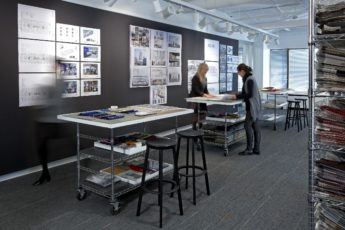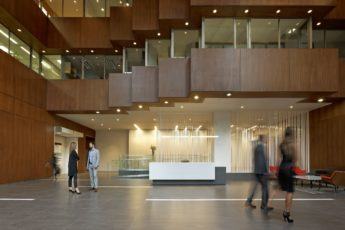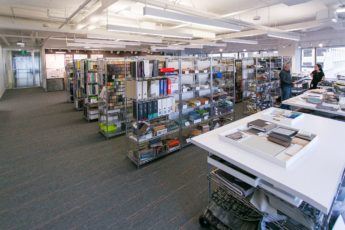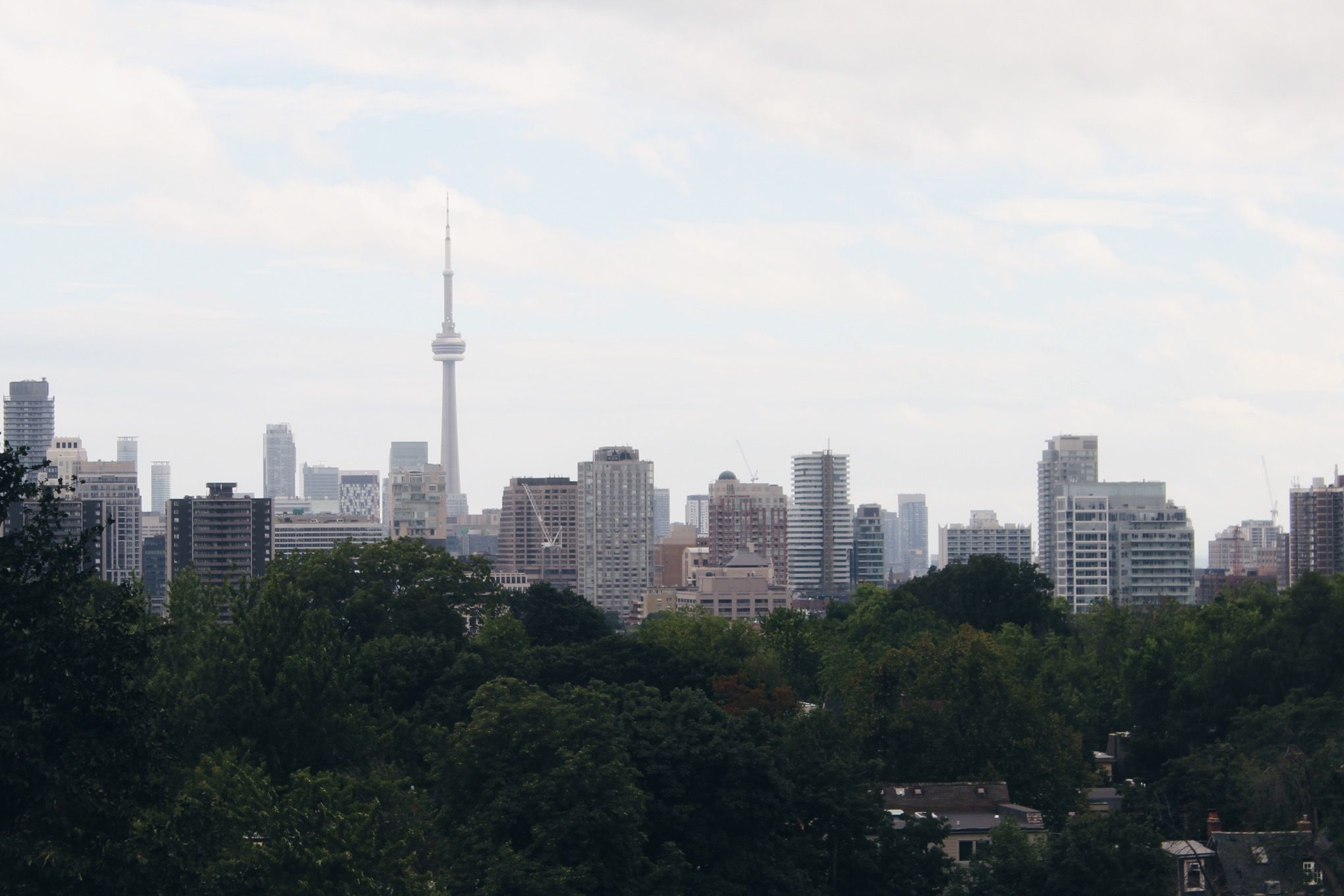The Hidden Art of Yonge + St. Clair
Public art has the ability to make a neighbourhood better. It can even elevate its profile by taking underutilized public space and transforming it into something that helps shape the definition of a community. Yonge + St. Clair is lucky to have a collection of public artworks that not only stay true to the history of the intersection, but display the neighbourhood’s evolution towards the modern and the contemporary.
Earlier this summer, NOW Toronto released a list of 50 of the city’s best-kept secrets, focusing primarily on the murals, buildings, monuments, and landmarks around Toronto. Yonge + St. Clair had four works make the list: The Rosehill Reservoir, the St. Clair Mural, the Peter Pan Sculpture at St. Clair and Avenue Road, and the Story of Oils mural in the lobby of Imperial Plaza.
Those four pieces are excellent representations of the public artwork that has been present around Yonge + St. Clair for almost 150 years, but are just the tip of the iceberg. What other art is hidden around the area?

MOTHER AND CHILD, 32 HEATH STREET
Yonge + St. Clair is home to a collection of pieces by renowned Canadian sculptor Florence Wyle, a resident in the area. Her 1947 piece, Mother and Child, was commissioned by the Canadian Mothercraft Society and sits outside their building on Heath St. Additionally, at the northeast corner of St. Clair Avenue East and Mount Pleasant Road is Loring and Wyle Park, dedicated to the two sculptors, who for many years had a studio established in the area.

RECLINING FIGURE, 95 ST. CLAIR WEST
Outside of 95 St. Clair West rests a figure mounted in a horizontal position, lying on it’s back, and cut off at the knees with the barest stumps for arms. Commissioned by Imperial Life Insurance, the Reclining Figure was produced in 1967 by Canadian sculpture John Fillion and adds a compelling masculine presence to the street.

RELIEF FIGURES, 200 BALMORAL AVENUE
Latvian born, Canadian sculptor Augusts Kopmanis was commissioned by the St. John’s Latvian Lutheran Church to produce this piece in 1968. This hidden sculpture is one of the most dynamic pieces around Yonge + St. Clair – the figures are initially only etched into the stone, but as the people become younger and more vigorous, they are given more depth until they penetrate the stone completely and acquire three dimensions.

SAILS, 22 ST. CLAIR EAST
Prominently placed between two flights of stairs leading up to the entrance of the Weston Centre, stands Sails by renowned Canadian sculptor, Gord Smith. This stainless-steel abstract welds three gleaming steel panels angled like sails on a boat that’s experiencing harsh winds. This 1981 abstract commemorates Garfield Weston and is one of only three prominent public sculptures in Toronto that honours an individual entrepreneur.

ELECTRIC GREEN, 75 ROSEHILL AVENUE
Over the years, the “Mysterious Date” faces by Toronto street artist Anser have become an unmistakable and irreplaceable part of the Toronto Street Art scene. Yonge + St. Clair has been home to his Electric Green piece since early 2014, being scrawled onto a small building across from the Rosehill Reservoir. Anser’s work shows an ability to meld “high art” portrait techniques into the contemporary graffiti scene, melding the old with the new.

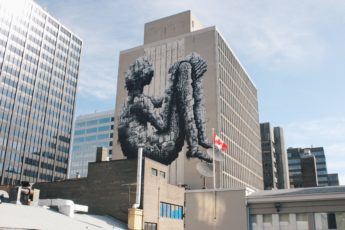

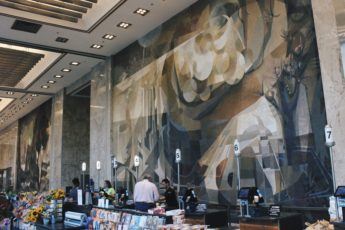


 Cava’s Fried Japanese Eggplant ($15.00) has a crisp outer layer gives way to a soft core of eggplant. Sitting atop tangy tomatillo sauce and fresh cheese, the dish is brought into focus with a sweet drizzle of honey and the smoky/saline complement of Japanese bonito flakes.
Cava’s Fried Japanese Eggplant ($15.00) has a crisp outer layer gives way to a soft core of eggplant. Sitting atop tangy tomatillo sauce and fresh cheese, the dish is brought into focus with a sweet drizzle of honey and the smoky/saline complement of Japanese bonito flakes.



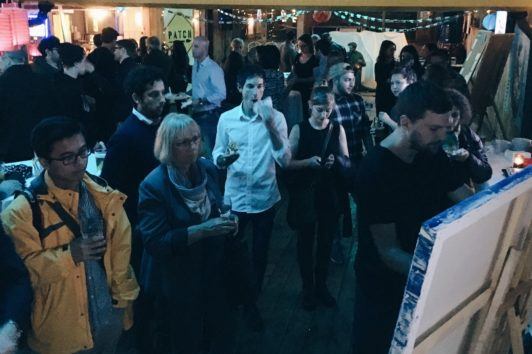
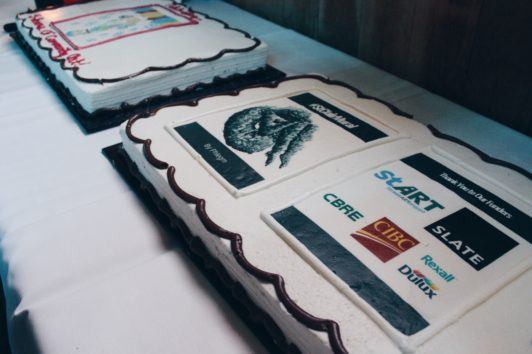





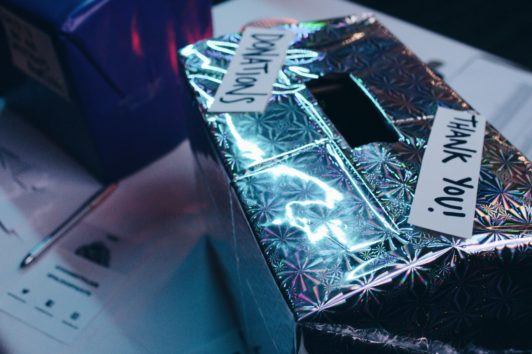

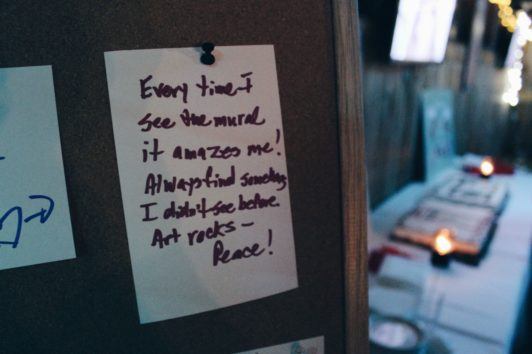

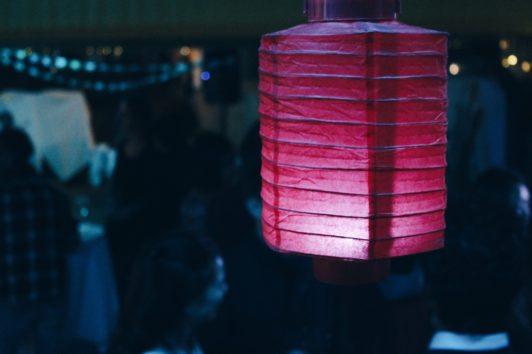
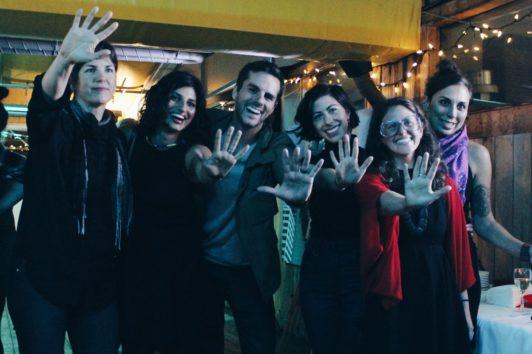
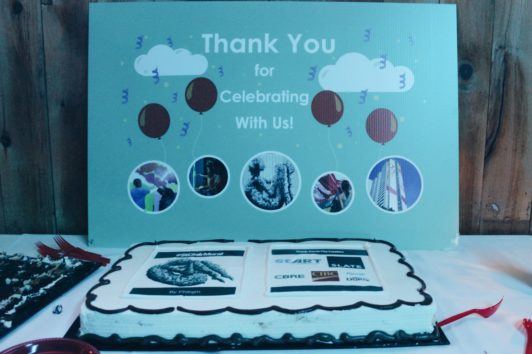
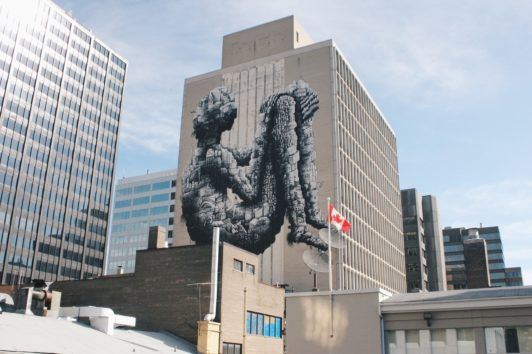




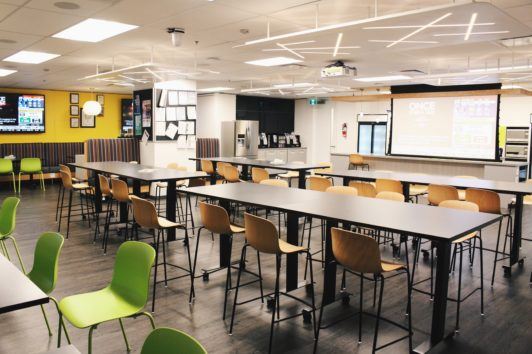
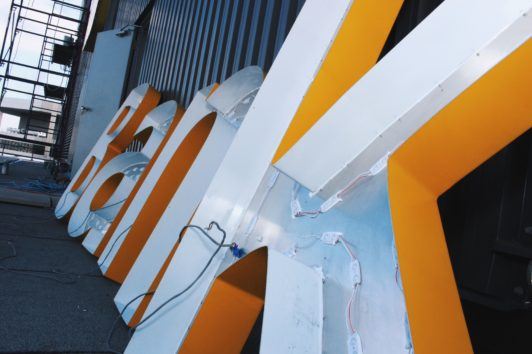
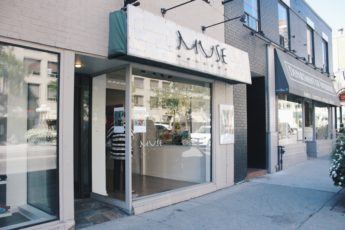
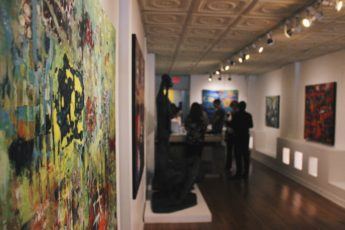

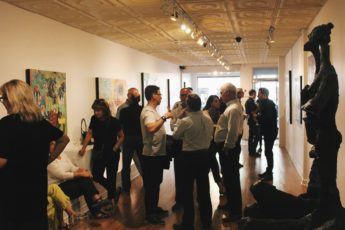




 This week the Yonge + St. Clair Blog spoke with John Neate Jr., founder of popular Vancouver-based coffee roasters
This week the Yonge + St. Clair Blog spoke with John Neate Jr., founder of popular Vancouver-based coffee roasters 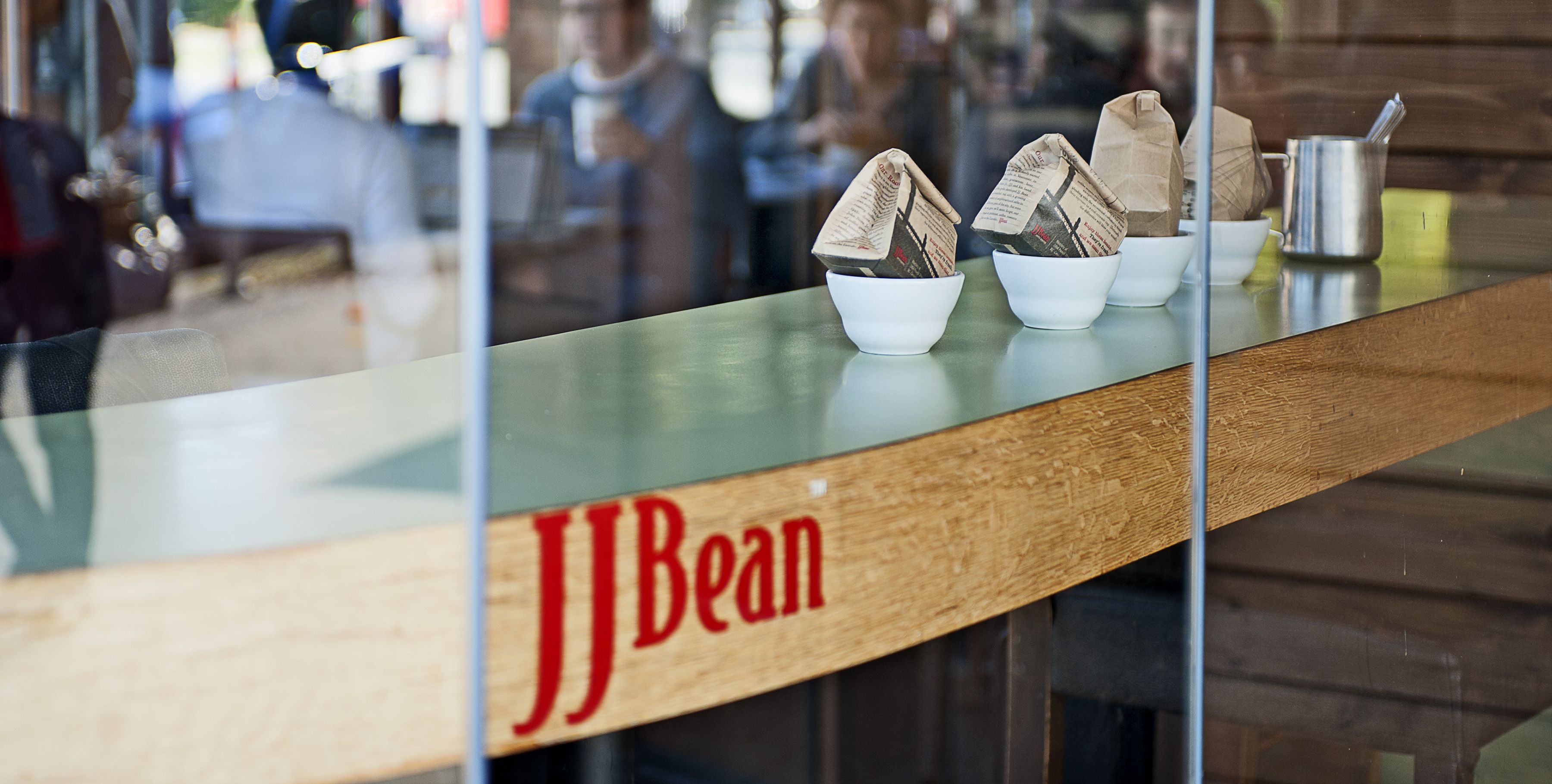


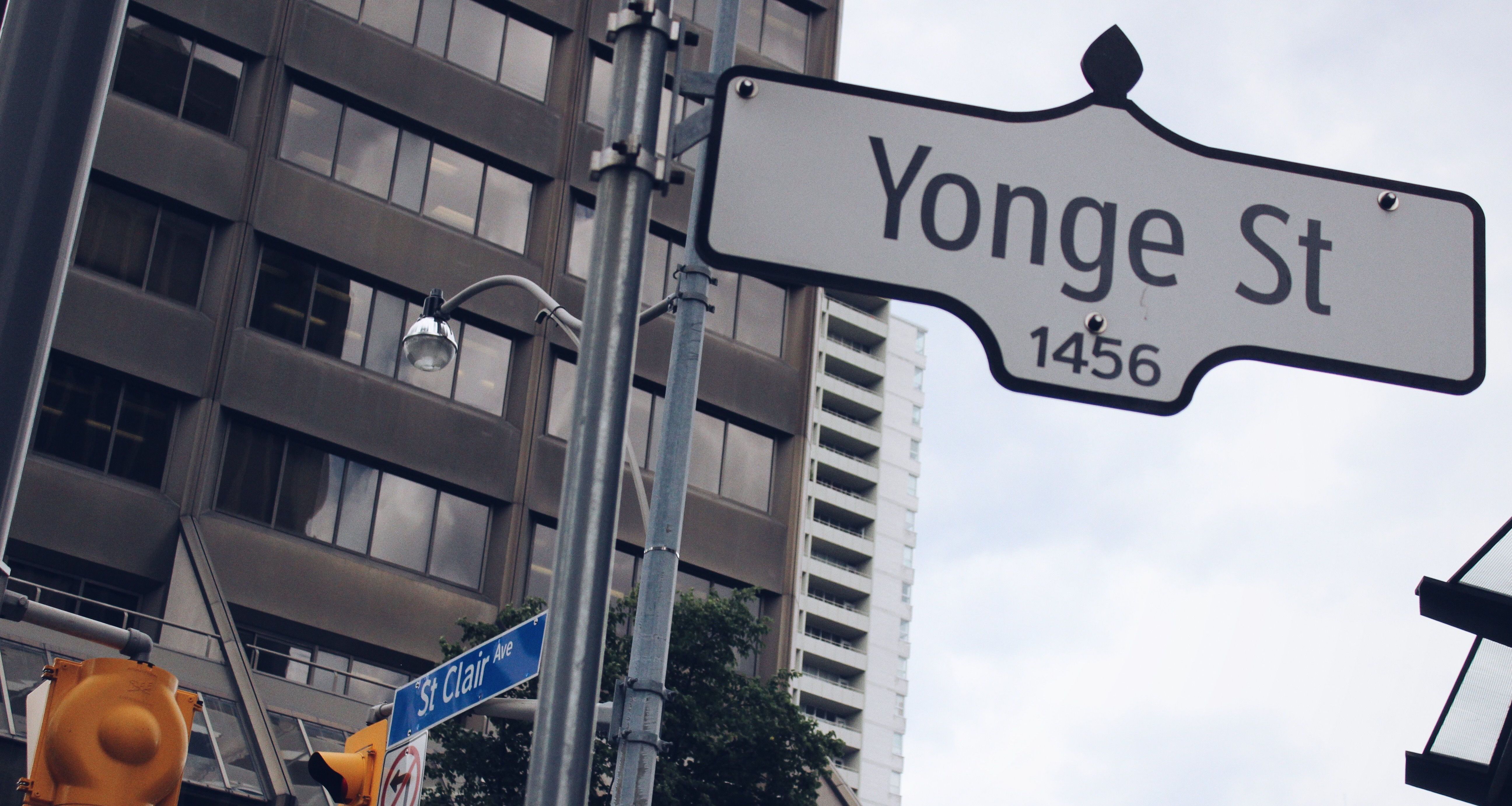


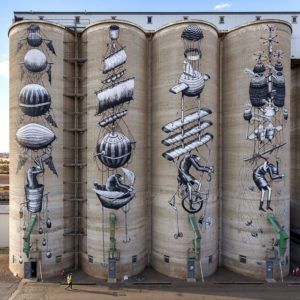
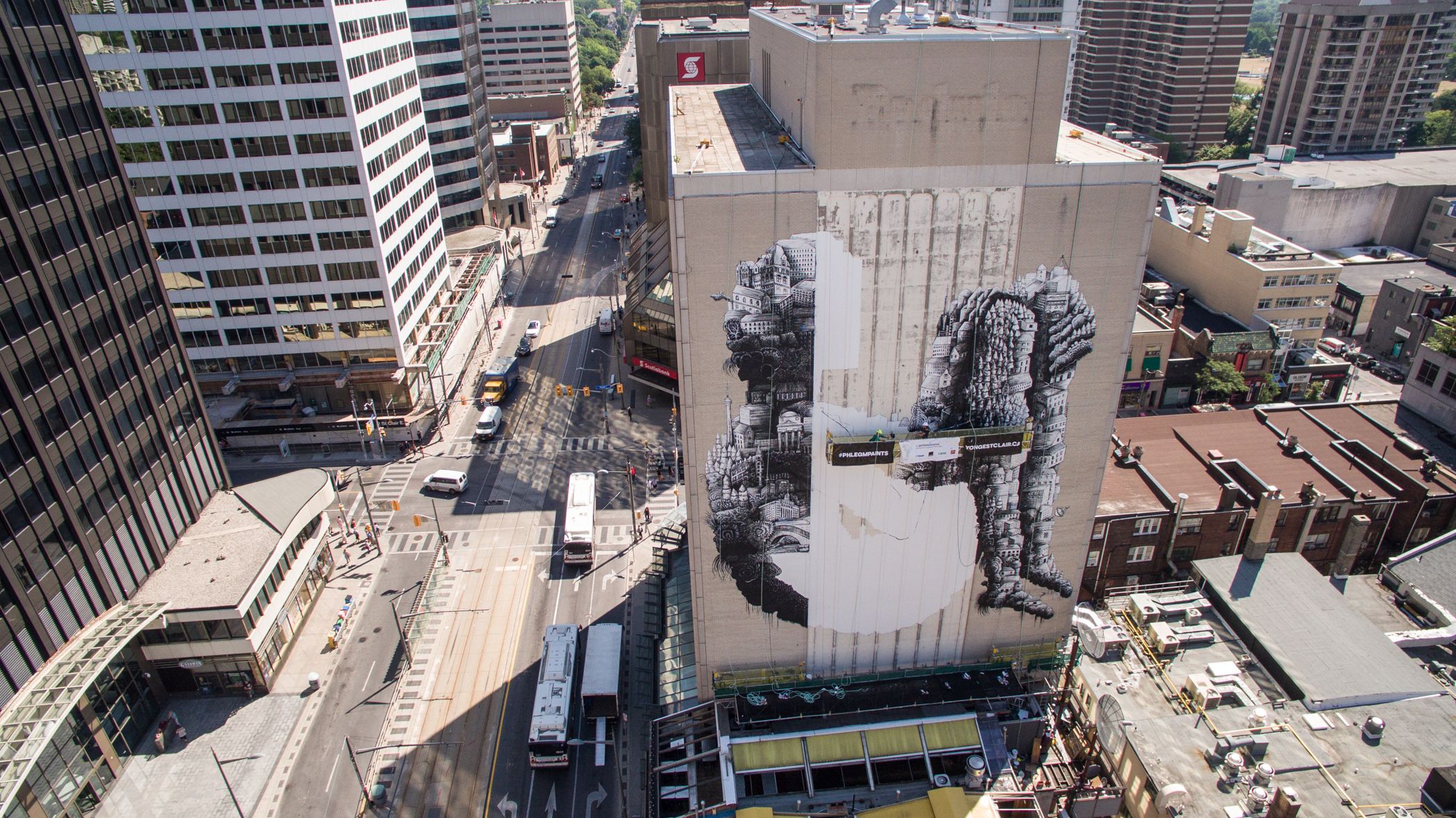
 What is your architecture design philosophy?
What is your architecture design philosophy?
